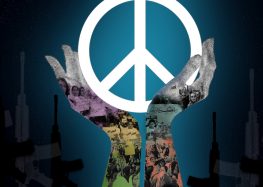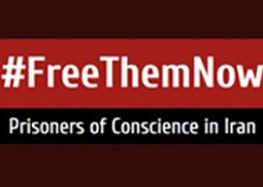Discriminatory Laws and Policies
The Iranian government’s approach to disability continues to rely heavily on the medical model of disability, which contributes to discriminate and stigmatize. Until recently, disability was widely understood through the lens of a person’s defect, difference, or illness. People with disabilities were seen as vulnerable, in need of care, or in need of curing. Under the CRPD, disability is understood as an interaction between individuals and their environment, and the emphasis is on identifying and removing barriers in the environment and discriminatory attitudes. This reflects the shift from the “medical model” of viewing disability to a social, or rights-based, model.
The definition of disability under Iran’s 2004 disability law is unnecessarily restrictive and reflects this medical model, focusing on an individual’s health and functioning as determinants of disability, and qualifying disability as “impairments amounting to continuous and considerable deficiency in their health and general functioning to the level that the person’s social and economic independence is reduced.” The law’s language excludes conditions in some way determined to be “less severe” or non-continuous.
For people with psychosocial disabilities, only those who are identified as having “chronic mental disorders” can be registered as people with disabilities. To qualify, a person must have a condition that has been continuous for the past two years and must have been hospitalized for their psycho-social condition at least once in the last two years.
Iranian legislation uses derogatory and outdated language such as “insane,” “retarded,” “eyeless,” and “crippled.” The government has sought to revise some language in recent years, including by using the terms physical disability and mental disability.
In addition, prevention of disability is one of the main priorities of Iran’s disability policy. The idea of preventing disability reflects an outdated approach to disability which regards disability as an impairment that needs to be cured or fixed. While government actions to improve public health, access to health care services and information, and other policies may result in a reduction in the number of disabilities, prevention of disabilities is distinct from the protection of the rights of people with disabilities.




